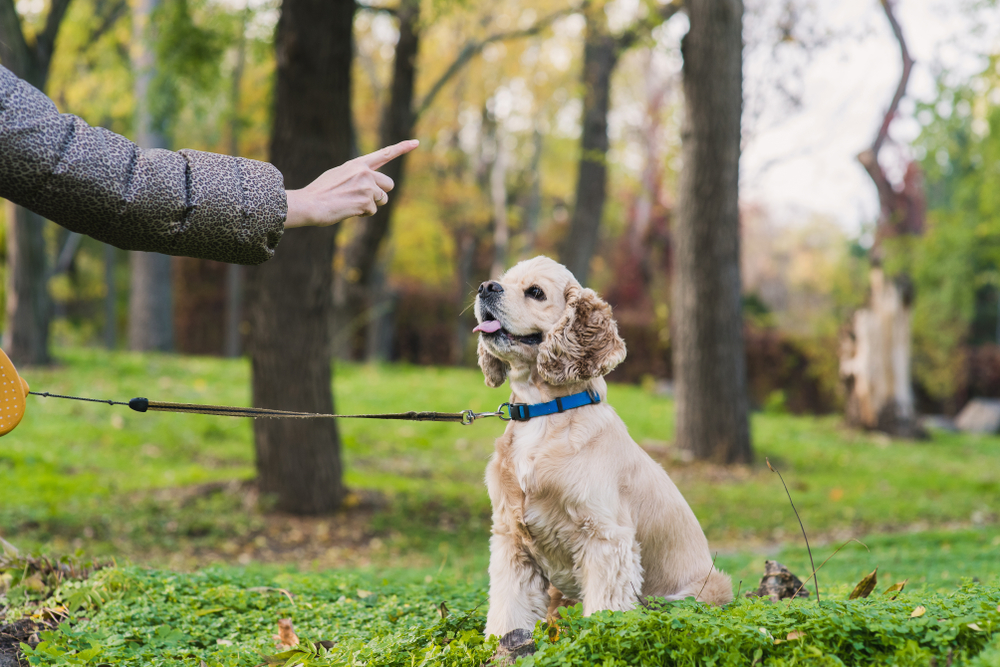Puppy Training That Teaches Key Skills for Lifelong Good Behavior
Puppy Training That Teaches Key Skills for Lifelong Good Behavior
Blog Article
Transform Your Canine's Habits With Proven Training Techniques
Transforming your dog's actions requires a nuanced understanding of their private qualities and requirements, as well as the application of tried and tested training techniques. Uniformity in your training technique not only enhances obedience however also cultivates a deeper bond of count on and regard in between you and your animal.

Recognizing Pet Behavior
Understanding canine habits is essential for reliable training and interaction between humans and their canine friends. Pets, as social animals, display a series of actions affected by genes, setting, and experiences. Recognizing these actions helps owners tailor their training approaches to satisfy the specific requirements of their pet dogs.
Key aspects of dog habits consist of body language, articulations, and social communications. For example, a wagging tail commonly shows excitement, while a lowered head may indicate entry or anxiety. Understanding these signals can help owners interpret their canine's mood and respond properly. Furthermore, socialization plays a critical duty fit behavior; dogs that connect positively with different individuals and other animals are generally more well-adjusted and versatile.
Additionally, acknowledging anxiety signals-- such as pacing, avoidance, or panting actions-- can protect against acceleration into more significant concerns. Proprietors who are in harmony with their pet dog's habits can produce a risk-free and nurturing environment, fostering trust and boosting the training process. Ultimately, a deep understanding of canine habits lays the structure for an unified relationship and efficient training end results, ensuring both canines and their proprietors prosper together.
Positive Support Strategies
Favorable support methods are extensively identified as one of the most efficient techniques for training pets, fostering a positive learning environment. This strategy entails rewarding wanted actions with deals with, praise, or play, consequently encouraging the canine to duplicate those behaviors (Dog training). Unlike punishing methods, positive support builds count on and reinforces the bond between the canine and the instructor
To carry out favorable support efficiently, timing is vital. Rewards ought to be provided quickly following the preferred habits to aid the dog make the connection. Consistency is also essential; making use of the exact same commands and incentives assists the canine recognize what is anticipated. Additionally, differing the rewards can maintain the pet dog involved. For instance, rotating between treats, toys, and spoken praise can maintain rate of interest and motivation.
It is necessary to keep in mind that favorable support is not concerning bribery; instead, it is regarding strengthening great habits. In time, as the canine discovers to connect specific actions with positive results, the regularity of incentives can be gradually decreased, transitioning to verbal appreciation or periodic rewards. This method not only motivates obedience yet also advertises a satisfied and certain canine, making training a more enjoyable experience for both events involved.
Resolving Typical Problems
Resolving typical problems throughout canine training is essential for ensuring a successful and harmonious connection between the dog and its proprietor. Lots of dog proprietors experience behavior challenges, such as extreme barking, leaping, and leash drawing. Understanding the origin causes of these habits is crucial for efficient training.
Excessive barking may originate from monotony, anxiousness, or a lack of socialization. To minimize this, offer enough physical exercise, psychological excitement, and opportunities for social communication with both human beings and other pets. Jumping can usually be an indication of exhilaration or a wish for attention. Educating the dog to rest upon greeting can reroute this habits positively.
Chain drawing is another common concern, regularly arising from a canine's passion to explore. Making use of appropriate leash taking care of strategies, incorporated with training methods that urge loose-leash strolling, can dramatically boost this habits.
Additionally, issues like source securing or splitting up stress and anxiety need tailored strategies. Gradual desensitization and counter-conditioning can be effective in dealing with these difficulties. By acknowledging and proactively managing these typical problems, pet dog proprietors can cultivate an extra enjoyable training experience and reinforce the bond with their canine friends.
Consistency in Training
Uniformity is a cornerstone of effective canine training, look here as it establishes a clear structure for the pet to understand actions and assumptions. When commands, benefits, and cues are applied uniformly, dogs can much more easily understand what is required of them. Irregular training can bring about complication, leading to undesirable habits that annoy both the canine and the fitness instructor.
To attain consistency, it is important that all participants of the household adhere to the same training approaches. Making use of the very same verbal hints and hand signals ensures that the pet dog receives consistent messages. In addition, the timing of modifications and incentives ought to be consistent; instant support boosts the chance that the pet dog will associate the actions with the outcome.
Additionally, developing a regimen can further enhance consistency. Routine session, coupled with structured timetables for feeding, strolling, and play, help pets prepare for and recognize their atmosphere, making them a lot more responsive to training. Ultimately, uniformity promotes a complacency and trust, empowering pet dogs to learn much more efficiently. By devoting to an organized method, fitness instructors can promote positive actions adjustments and grow a genteel friend.
Building a Strong Bond
How can promoting a strong bond between a pet dog and its owner enhance the training experience? A strong connection improved trust fund and respect acts as the foundation for effective training. When a canine really feels safe and secure in its connection with its owner, it is most likely to display positive behaviors and be receptive to finding out. This bond urges the pet dog to engage fully in training sessions, as it checks out the proprietor as a resource of assistance and support.
In addition, a reputable connection can decrease anxiousness and behavioral problems, as canines are less most likely to act out when they feel recognized and looked after. Consequently, prioritizing the development of a strong bond not just enhances the training experience yet likewise adds to a happier and extra well-adjusted pet. Ultimately, the journey of training transforms into a collaborative partnership, bring about lasting behavior renovations.
Conclusion
 read review training near me
read review training near medog training Rochester NY
Puppy Training"/>
Proprietors who are attuned to their dog's habits can develop a nurturing and secure atmosphere, fostering depend on and boosting the training process. Eventually, a deep understanding of canine habits lays the structure for an unified partnership and reliable training outcomes, making sure both pet dogs and their proprietors grow together.
Addressing common issues during canine training is crucial for ensuring a harmonious and successful relationship between the canine and its owner (Dog training).Consistency is a cornerstone of efficient canine training, as it establishes a clear framework for the dog to understand expectations and behaviors.In conclusion, changing a pet's actions via verified training techniques needs an understanding of canine behavior, the application of positive support strategies, and an emphasis on consistency
Report this page